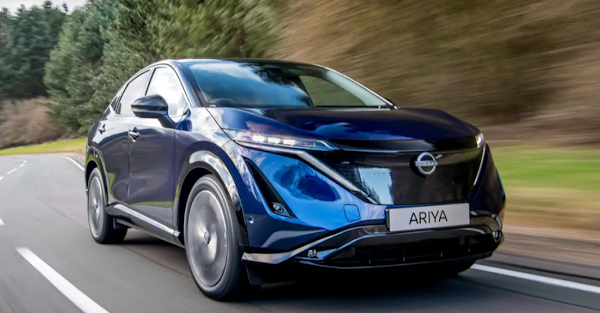
Electric crossover. It's a bit sportier to drive than some of these, but you'll be attracted to, or repelled by its looks. Nissan places great emphasis on the idea of a clear and simple Japanese design identity. Inside or outside.
Nissan is off to a bold start with electric cars. The Leaf has been around for more than a decade, getting the world used to the idea of a realistic, affordable electric vehicle, and has sold more than half a million. And then… not much.
Even so, Ariya was still one step ahead of Konoha. The Ariya has an all-new EV platform. Unlike the Leaf, the battery has liquid cooling, which means it charges much faster without baking itself. To take advantage of it, it has a CCS connector so it has access to a higher-power charger. It switched to an all-coil motor, for better high-speed efficiency and free of rare earth metals.
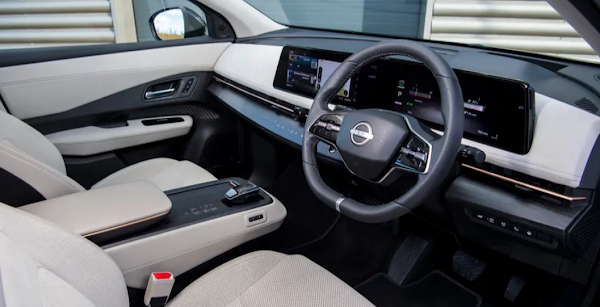
The same guts also (with a shorter wheelbase) carry the Renault Megane. And next year they'll be repurposed as the new Leaf, previewed back in 2021 by a concept called Chill Out. Yes, the Leaf was never very interesting.
The Ariya is the size of a Tesla Model Y or VW Group ID.4, Enyaq and Q4 e-Tron mob, or a Kia EV6 and Hyundai Ioniq 5 or Volvo C40 Recharge. But it's not as wide as some of them, so it helps on narrow roads. The Ford Mustang Mach-E is larger but slightly more expensive.
On the outside, it is simple, with few creases, creases or slashes. There's just one, 'horizon line', a subtle crease that runs around the car, starting below the ultra-shallow LED headlights, going back to the sides and around above the single-strip taillights. The sides are perforated, which might make it look a little awkward. The proportions are good: wheels in the corners.
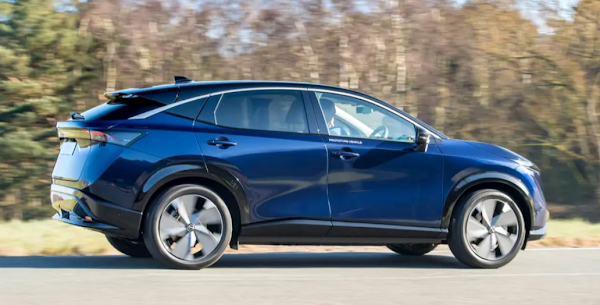
On the front, a plastic panel houses the sensor, with an ancient Japanese Kumiko woodworking pattern, which allows light to pass through.
Inside, the numbers are greatly reduced. The main novelty is that the switchgear symbols shine through the wooden coating. It was a novelty, sure, but the Ariya was late on the market and the BMW iX beat it.
Range means two things so we will answer both. The range as in the 'version line-up' starts with a 217bhp front-drive job with a 63kWh battery. Next is the same as the 87kWh battery, which supplies a higher current allowing a motor output of 242bhp. But because the battery is heavier, performance is almost the same, seven and a half seconds to 62mph.
You can also get a bigger battery with AWD, a torque vectoring system called e-4ORCE that we'll never remember how to spell. It had two outputs available, 306bhp and 394bhp, the latter capable of 0-62mph in 5.1 seconds. The battery capacity is usable, clean, and numbers.
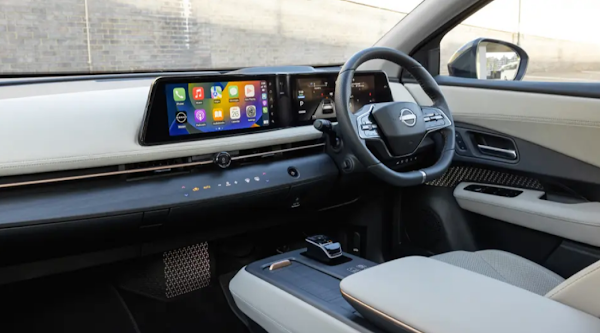
We've tested the model from near the top of the Ariya tree, and the bottom. That means a smaller battery and FWD on one side and a big battery with 4WD and 306bhp on the other. A 394bhp version will arrive at a later stage.
So with a choice of two trims that gives a price difference of £46,145 to £58,590, but we don't yet have a price for the 394bhp version.
Another meaning of range is WLTP which measures the distance from fully charged to fully empty. On the FWD model, Nissan claims a range of up to 250 miles for the smaller battery, and up to 329 miles for the larger battery. Adding 4WD cuts that to 319 miles (we saw about 300 miles in real-world warm weather). The 394bhp model loses significantly more, up to 255 miles.
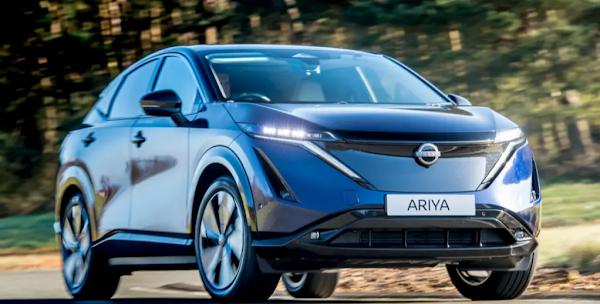
Nissan says the high-powered engine, with its torque vectoring, has GT-R genes. Like an ape with the Top Gear car reviewer gene, we suspect.
But after all, this is a coupe-crossover so it should be able to drive sportily. And the company certainly has more fire than some of its lumbering competitors, changing course with moderate enthusiasm. The e-4ORCE version feels more confident, and you can feel the torque vectoring working for you.
You pay for it with a slightly firmer ride, but that's OK. What's not so great is its tendency to clatter loudly over sharp, potholed ridges. Even so, the suspension and tires are quiet when cruising.
Ariya's value isn't that great when looking at the ratio of EV range versus sticker price. But at least it is well equipped”
The Ariya's plight occurred a year later than planned, due to a global microchip shortage. So it doesn't bring much new technology.
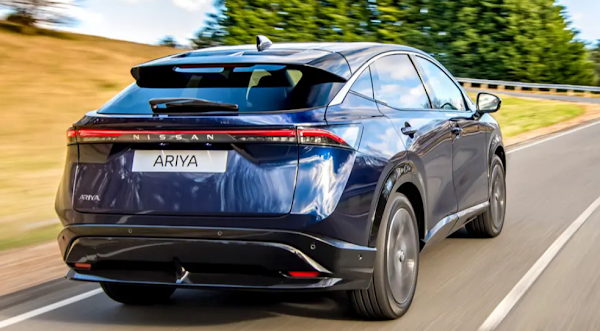
It's also not a great value given the modest ratio of EV range versus sticker price. But at least it was well equipped. Especially with items that electric vehicle buyers don't know about until they don't have one – heat pumps, heated seats, and steering wheels.
There will likely be people who have been waiting for the Ariya because they trust Nissan as an electric vehicle maker, and want the Leaf's unrivaled reliability.
For them, range anxiety won't be an issue and the price jump in the Ariya's small battery from their Leaf won't be too big. The higher-spec Ariya plays above the usual Nissan price range, but the quality of the car itself is on par with an Audi Q4 e-tron or Mercedes EQA.
We're now at the point where there's a lot of choice in electric crossovers, and it's becoming a game of design and styling. If you like the look of a Nissan, especially its interior, go for it.











